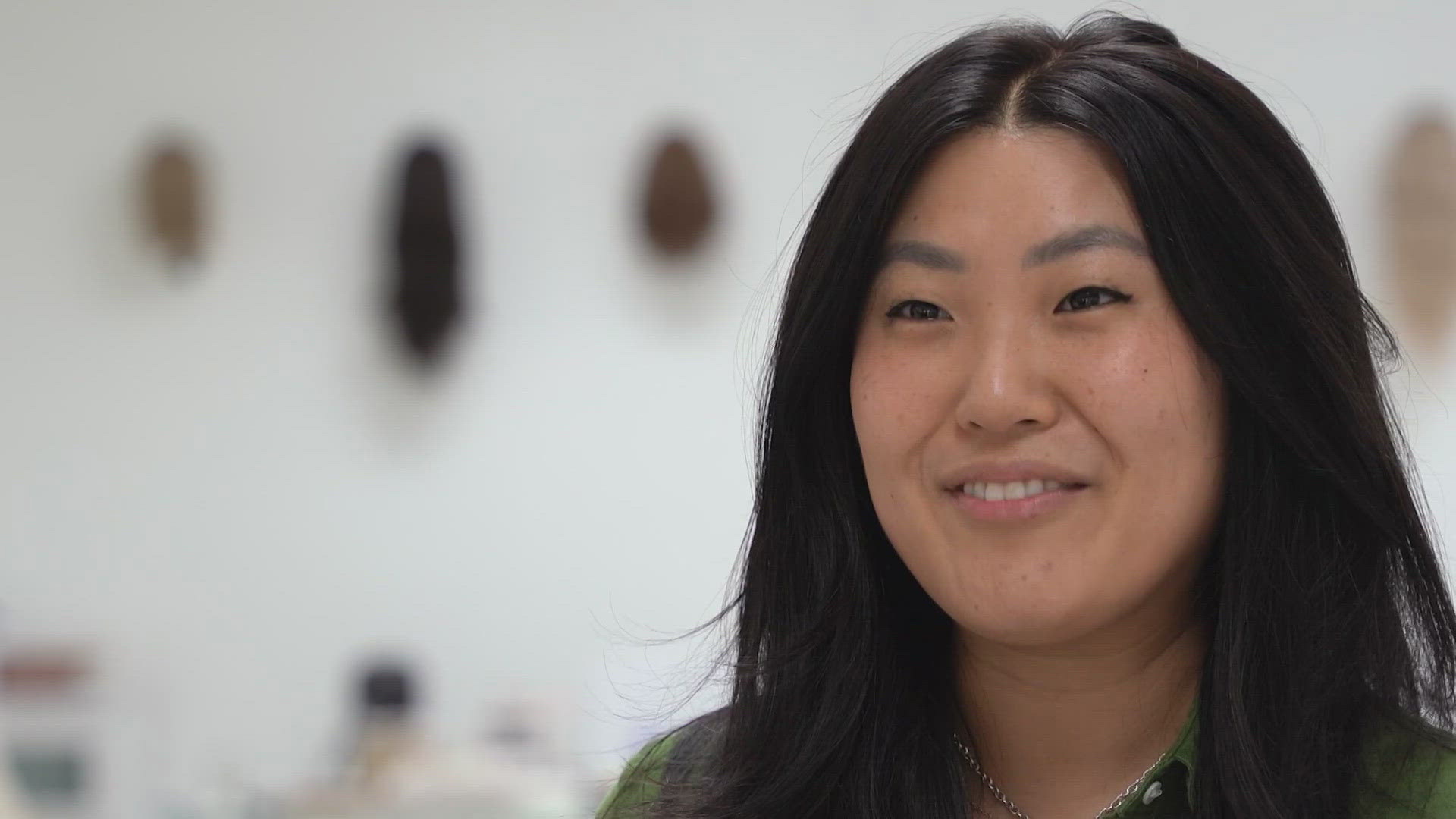DETROIT — Sometime next year, semis with no human in the cab will start carrying freight down Interstate 45 between Dallas and Houston.
The trucks will run on an autonomous driving system called the Aurora Driver, developed by Pittsburgh-based Aurora Innovation. The company is now making about 50 trips per week with human safety drivers on board.
The prospect of a driverless semi is scary to many, but not to CEO Chris Urmson, who helped to build Google's autonomous vehicle unit. Urmson, 46, co-founded Aurora in 2017.
He spoke with The Associated Press about the future of autonomous vehicles. The interview has been edited for length and clarity.
Q: Aurora has said its driving system is now “feature-complete.” Does that mean you're close to putting trucks on the road without humans inside?
A: Over a year ago, we laid out how we were going to get from there to actually having these trucks on the road with nobody on board as they drove safely, full of goods for people. What it means is that all of the parts of the system are in place. They just don’t necessarily work well enough yet that we would trust it to operate without a person on board who was there to deal with rare events. It's this moment where we switch from putting the pieces together to refining and validating the stuff. The next really big deal for us will be this Aurora Driver-ready milestone where we’re confident that with a truck that has the appropriate redundancies, that we’d be able to drive that safely down the freeway. From there we're off to the races, starting to see trucks operate without people on them.
Q: Will you test without operators aboard, without carrying freight?
A: I would expect we will. If you’re one of our customers, they’re going to want to put it through paces a little bit before they they put their brand stamp of approval on it. For us to get to the point of operating without that person on board, we want to close our safety case.
Q: To many, the sight of an 80,000-pound semi with no human driver is pretty scary. How would you address those fears?
A: We’ve used machine learning, artificial intelligence, to teach them how to drive the way that a good human driver does. If you’re just observing the truck and you’re passing it, you probably don’t notice. There are so many opportunities in bringing this technology into freight. While it’s an incredibly important job, and it’s one where I have a ton of respect to the people who do it, it’s a really difficult job. The likelihood of dying as a truck driver on the job is 10 times more than the average American. On many long-haul trips, drivers have to sleep away from home. They don’t get to spend time with family. It takes a toll on their quality of life. So there’s an incredible opportunity to make goods move more safely, to make them more efficient and more cost-effective.
Q: Can you control the trucks remotely if needed?
A: When the truck is driving down the road, it needs to be able to to operate safely with or without those remote support people. But there are things that the human mind looks at where it's very easy to understand. Encoding all of those possible things in software is really hard. As we deploy the Aurora Driver, it’ll always operate safely, whether that person is there or not. But it can ask for help.
Q: You have said that eventually your trucks are going to hit something. How would you allay fears about that?
A: It’s important to recognize that trucks are involved in something like a half million accidents here today. So we expect to reduce that number. These trucks will be sharing the road with people, and people will do unexpected things. We’ll do everything we can to make these vehicles are safe. We’ll have a level of confidence on the way this thing’s going to behave that will be unprecedented.
Q: Teslas on either Autopilot or “Full Self-Driving” using only cameras have crashed into emergency vehicles, motorcycles and other things. Why should we trust you folks when this keeps happening with other vehicles?
A: They aren’t really self-driving vehicles. They’re kind of being branded in a way that maybe is a little bit misleading. We’ve believed for a long time that using a a combination of laser, radar, cameras — inventing our own even more capable long-range lidar (Light Detection and Ranging) — that increases the robustness of the system. The likelihood that you miss something becomes vanishingly small. You had to think about how the different sensors might fail and how you can use different sensors to complement the weaknesses and augment the strengths of one another so that you can actually be robust in challenging situations.



